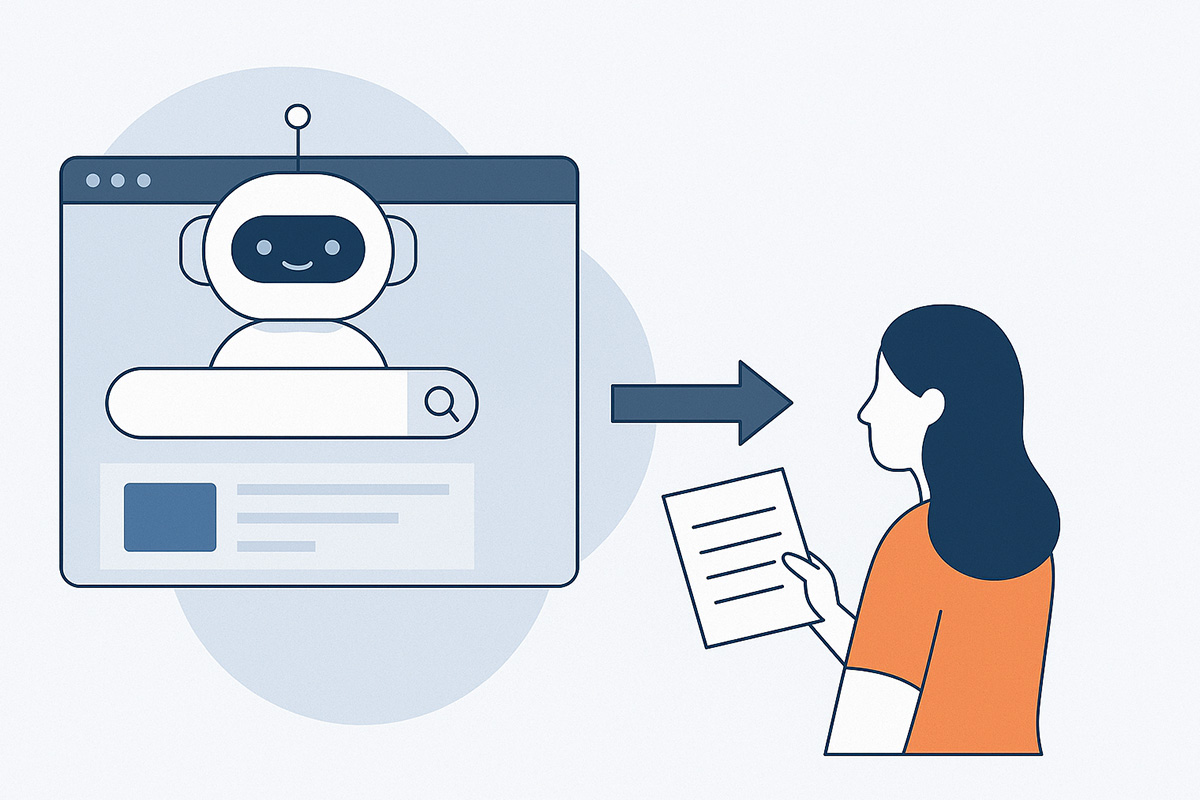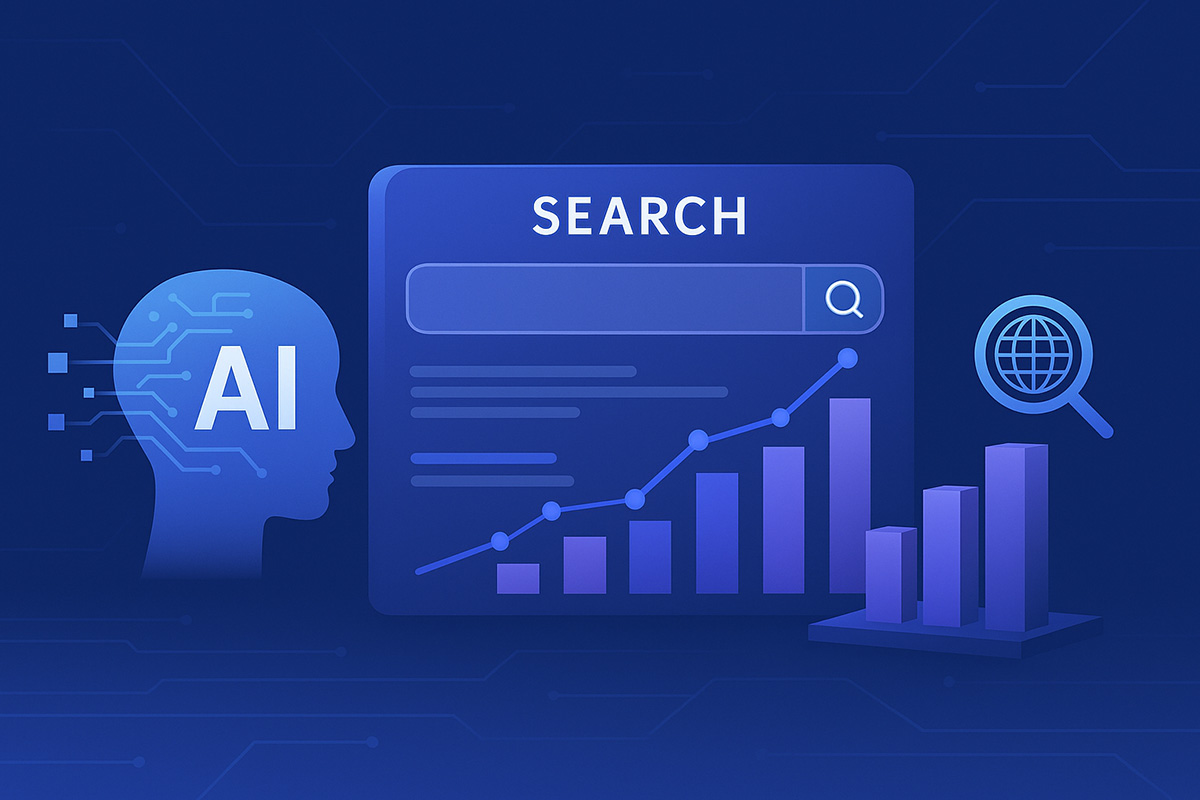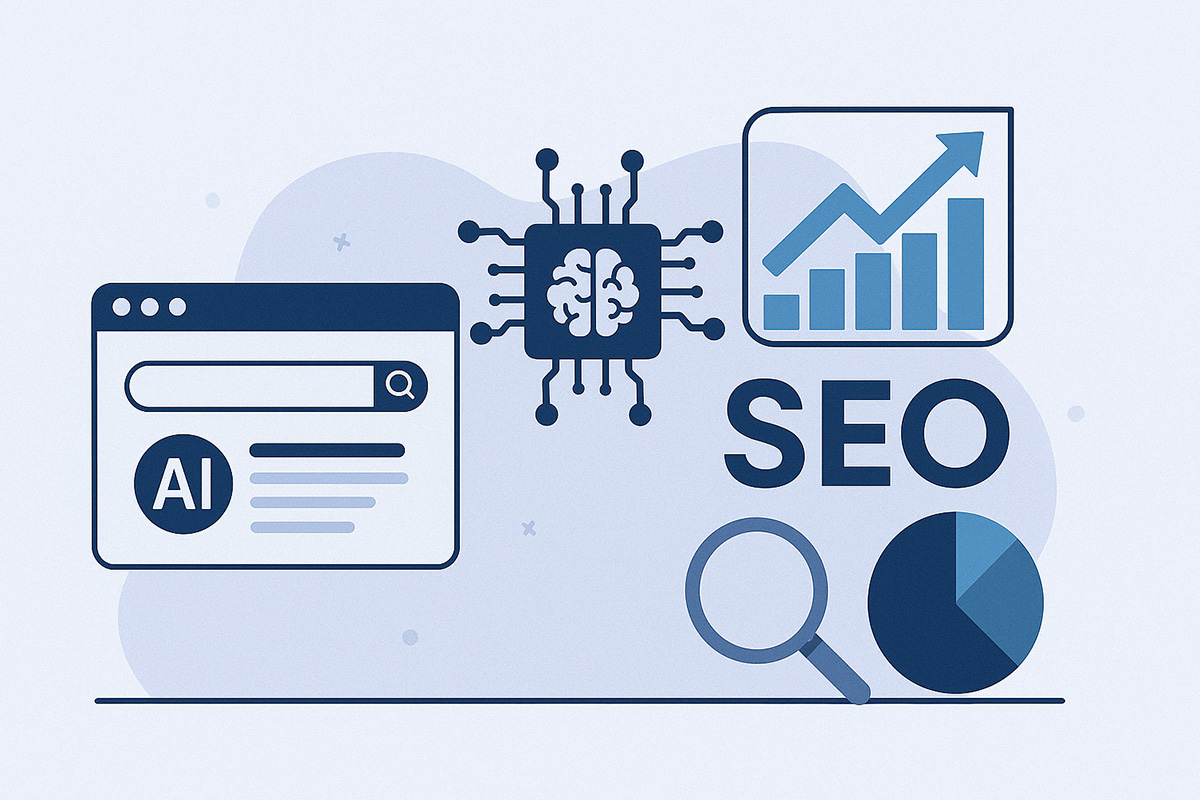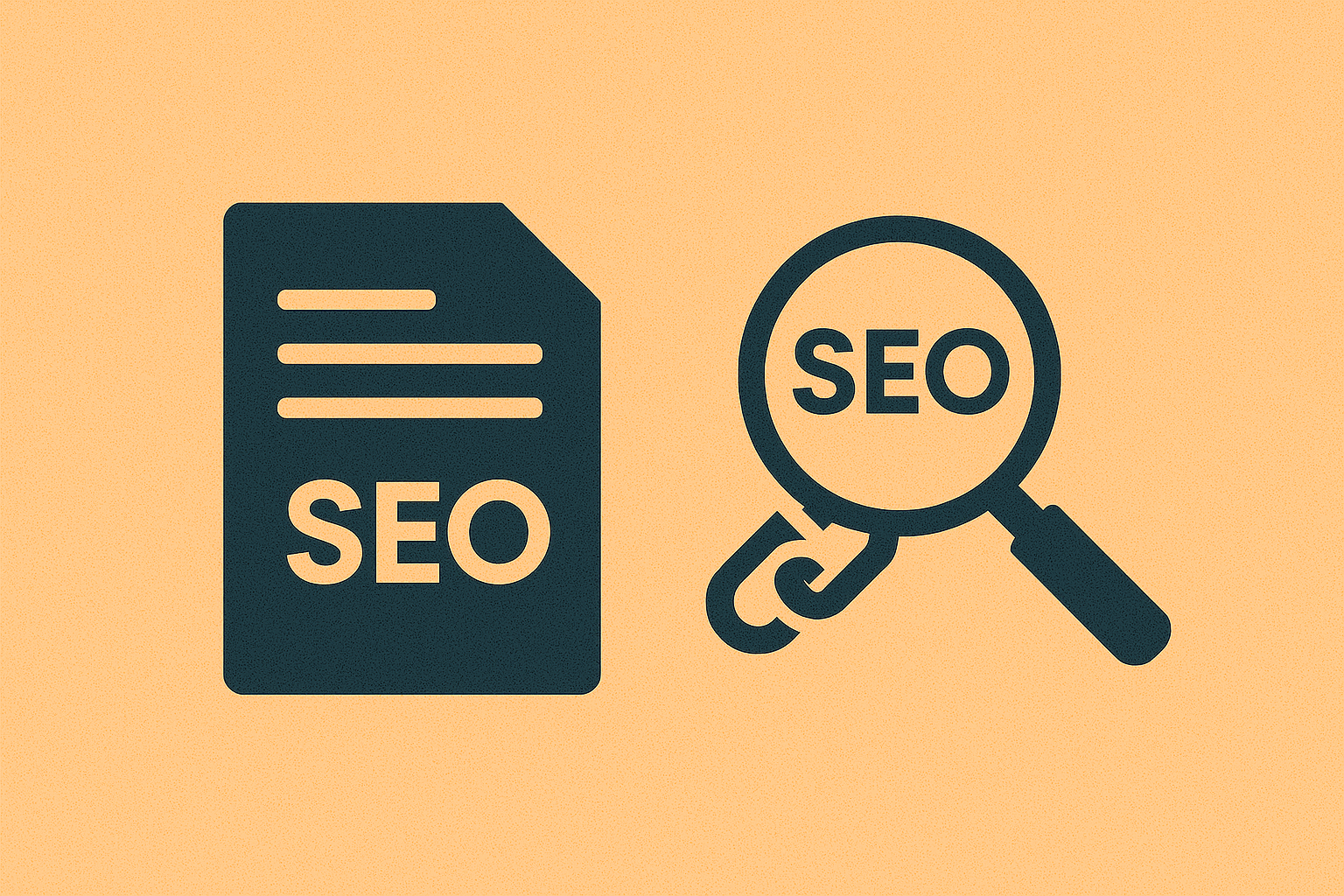Home / Blogs / How LLMs ‘Read’ Content, And What Writers Can Do to Help
How LLMs ‘Read’ Content, And What Writers Can Do to Help
 SEO
SEO
What Happens When AI “Reads” Your Content?
Large Language Models (LLMs) like ChatGPT, Gemini, and Claude don’t read the way people do. There’s no skimming headlines, no eye for layout, and no appreciation for a clever opener.
If you’re wondering how LLMs read content, it’s not at all the way we do. Instead, they break text into tokens, tiny fragments of language, and run probability predictions based on patterns across billions of documents they were trained on. That means they don’t "see" design. They don’t "feel" tone. They understand structure, repetition, clarity, and context.
So if you're a writer or content strategist in 2025, you're not just writing to impress readers. You're writing to be understood by machines. You're writing to be cited. It’s about being selected. That’s where AI SEO and Answer Engine Optimisation (AEO) come in.
Visibility isn’t just about rankings anymore. That’s the new benchmark in AI-first search
So, how do you write in a way that machines understand, humans enjoy, and search engines reward? Let’s break it down.
How to Write Content LLMs Can Understand (and Use)
Search engines powered by AI prefer content that follows a format they can scan and sort quickly. The more logically your content flows, the easier it is for them to pull the right lines into an answer.
Here’s what helps.
- Clarity Over Cleverness
LLMs prioritise meaning over style. Short sentences, straightforward phrases, and linear explanations make your message more digestible. Rather than aiming for wit, go for accuracy. Think of it like this:
AI doesn’t interpret your intent. It calculates what you’re likely trying to say.
Make it easy. Don’t bury your point in poetic intros or wordplay.
- Entity Consistency
Call your brand what it is, consistently. If you're “Verve Media,” don’t bounce between “Verve,” “the team,” and “we.” LLMs rely on repetition and naming consistency to make connections in data structures like schema.org or Wikidata.
Want a stronger presence in AI-generated results? Reinforce your entity, clearly and repetitively.
- Question-Answer Formatting
Using questions as subheadings (H2/H3) helps in two ways:- It makes content easier for readers to navigate
- It mimics the question-and-answer structure that AI tools like ChatGPT prefer
- Add the Signals Machines Look For
Schema.org tags, FAQ schema, How-To schemas, and article metadata signal your content’s purpose to LLMs. LLMs need help understanding your intent, and these help AI sort, select, and cite your page. Use structured data:- FAQ schema
- Article schema
- How-To markup
- Metadata that labels your content type clearly
- Cite Sources That LLMs Already Trust
AI models are more likely to reference content that includes reliable external citations. Link out to well-known studies, reputable sites, or government data when making claims. It’s not just about proving your point to humans. It’s about feeding the machine signals that your content is useful and trustworthy.
E-E-A-T (Experience, Expertise, Authoritativeness, Trustworthiness) signals are crucial. See Google’s Search Quality Rater Guidelines for more.
How Writers Can Format for AI Without Losing Voice
Let’s clear something up: writing for AI doesn’t mean writing like a robot and stripping away personality. It just means shaping your content so the structure works, then layering your brand voice on top of that.
Here’s how to optimise your writing style for LLMs while keeping your human edge:
- Keep paragraphs short
Two to three sentences max. Dense text doesn’t just turn off readers, but it makes it harder for AI to isolate key points.
- Lead with answers
Start each section with a clear takeaway, then explain if needed. Don’t bury your main point in background info. For example:
“LLMs understand short paragraphs better than long ones.” Is more effective than “While writing for search engines has changed over the years, shorter sections now offer better clarity and structure.”
- Use bullets and FAQs when appropriate
These formats are digestible for both humans and AI. These formats are easy for LLMs to parse and often get featured in answer boxes.
- Create Scannable TL; DRs
A single-sentence summary under each section helps readers and improves AI lifting.
- Guide the reader (and the AI)
Use natural transitions like:- “Here’s what that means...”
- “Let’s look at why...”
- “So how do you apply this?”
- Stick to your terminology
If you start with “AI SEO,” keep using that. Avoid switching to other phrases like “AI search optimisation” or “machine-friendly SEO” unless absolutely necessary.
This is the heart of LLM content optimisation and writing for AI models, combining voice with structure. At Verve Media, we also often test prompts in ChatGPT and Gemini to preview how content might be interpreted or cited before publishing.
Why This Matters for SEO and AEO
Here’s the blunt version: in 2025, search is driven by LLMs. Traditional SEO focused on backlinks and rankings, but now, visibility means being used. The rise of answer-first engines like ChatGPT, Claude, and Google AI Overviews means your content may never earn a click unless it’s referenced directly in an AI summary. It’s the intersection of LLMs and SEO, and if your content isn’t citation-ready, it’s invisible.
Key Data:
- 13.14% of searches triggered AI Overviews in March 2025
- 60% of all U.S. searches now end in zero-click
- Over 50% of ChatGPT’s outbound links go to service pages
- 25–40% projected drop in organic traffic by 2026
That’s why AEO matters, because your content needs to answer outright. It's exactly here that Verve Media's AI SEO agency approach combines AEO and Generative Engine Optimisation (GEO) to ensure citation-ready visibility.
Want help positioning your brand in that world? Explore our AI SEO services.
LLMs Use RAG Too—How That Affects Writers
RAG (Retrieval-Augmented Generation) means LLMs pull from an indexed knowledge base before responding. The term started from a paper written by researchers at Meta Platforms in 2020. Your content needs to be structured in ways RAG systems can retrieve and reference effectively
What helps in RAG contexts:
Yes. But that’s not necessarily a bad thing.
Google’s recent core updates don’t punish content just because AI helped create it. The focus is on utility. If your content is helpful, original, and trustworthy, it’s in the clear.
A recent Google I/O keynote even emphasised that AI Overviews are “meant to complement search results, not replace them”
That said, generic or poorly structured AI content can set off quality alarms. Spammy phrasing, repetitive ideas, or keyword overload are all red flags.
So, for the future of SEO: AI use ? penalty. But low-value AI content = risk.
At Verve, we blend the two: AI assists with efficiency, but every piece is shaped and sharpened by real humans, because ultimately, people are still the ones reading.
TL;DR:
- Consistent titles and headings
- FAQ chunks ready for extraction
- Inline citations and anchor text
- Unique entity mentions across formats
RAG makes structured content even more important. You're not just optimising for ChatGPT. You’re optimising for how AI remembers and pulls content.
TL;DR Cheat Sheet for Writers
With the mix of AI and SEO, visibility stems from being the answer itself, not just from mere clicks.
- Write concise, answer-led paragraphs
- Use headings as prompts (What? Why? How?)
- Include lists, tables, and FAQs
- Add schema, citations, and entity mentions
- Keep the voice, but format smartly.
- Build content that’s both human-readable and machine-readable
You’re Not Just Writing Content. You’re Training the Model
Think of every blog, every product page, every FAQ as a chance to teach the AI how to recognise your expertise.
Each keyword, schema tag, and source you include sends a signal. This brand is relevant. This voice is reliable. This content is worth surfacing. That’s AI SEO in action. Ask yourself:
- Would ChatGPT reference this?
- Would Gemini quote it in a summary?
- Would a person still want to read it?
If the answer is no, it might be time to restructure, not just rewrite.
Ready to Be the Source, Not Just a Site?
At Verve Media, we help brands build content that lives at the intersection of strategy, structure, and discovery. We don’t write for algorithms. We write for AI, humans, and the hybrid search experience that’s already here.
Be the answer. Not just another search result.
Let’s make your content citation-ready. Book your discovery audit with Verve Media today.

.jpg)
.jpg)









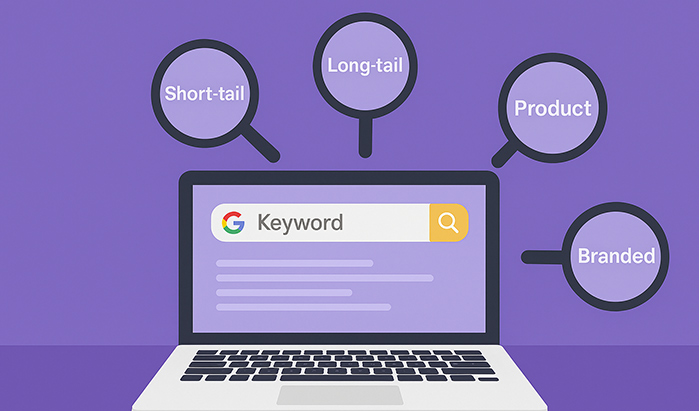





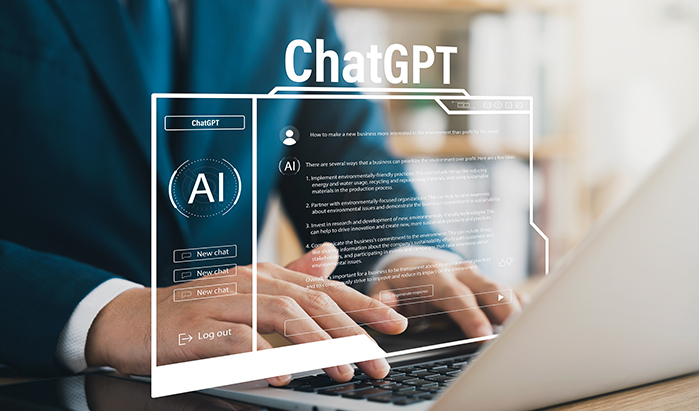


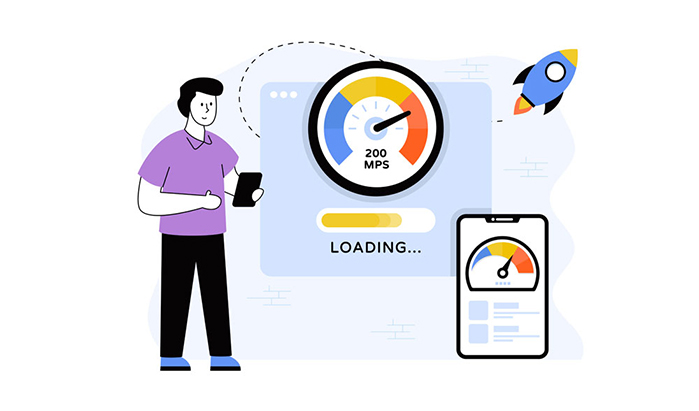


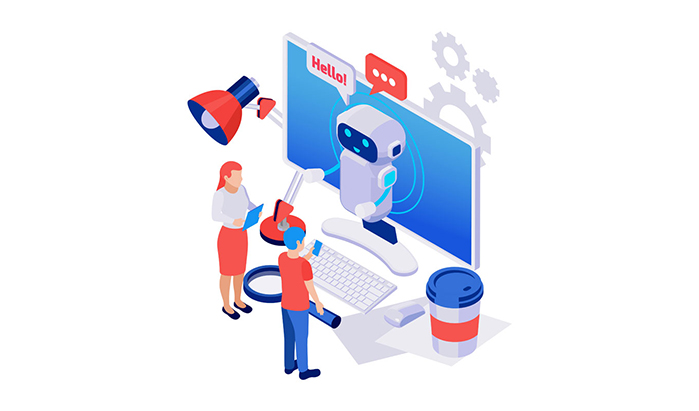













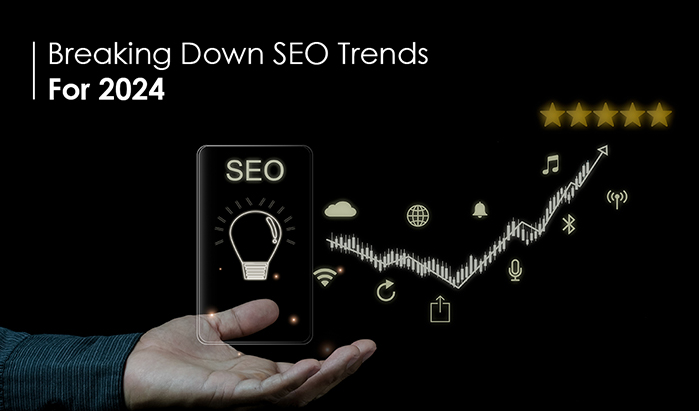




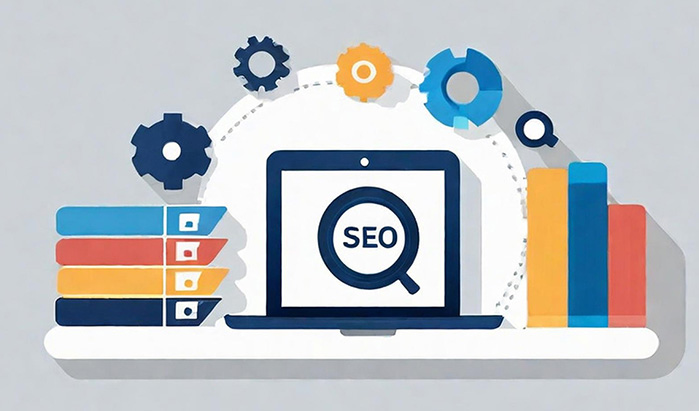













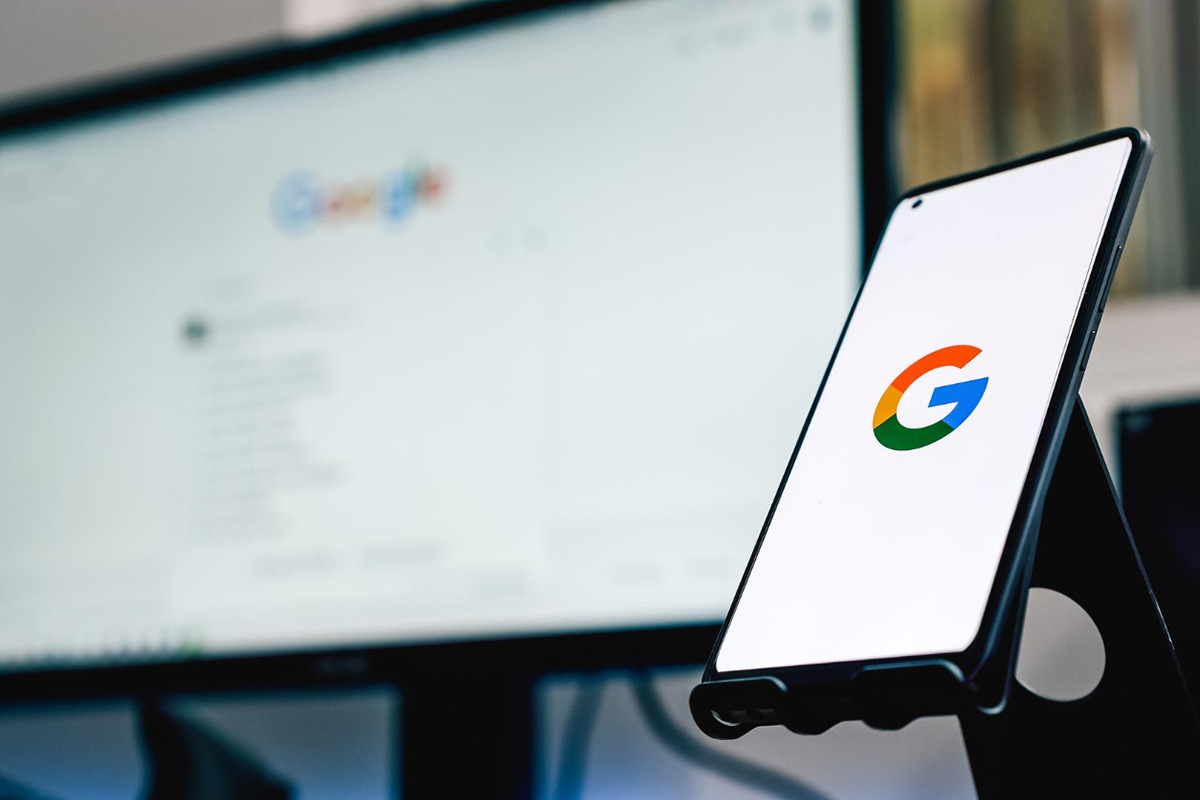









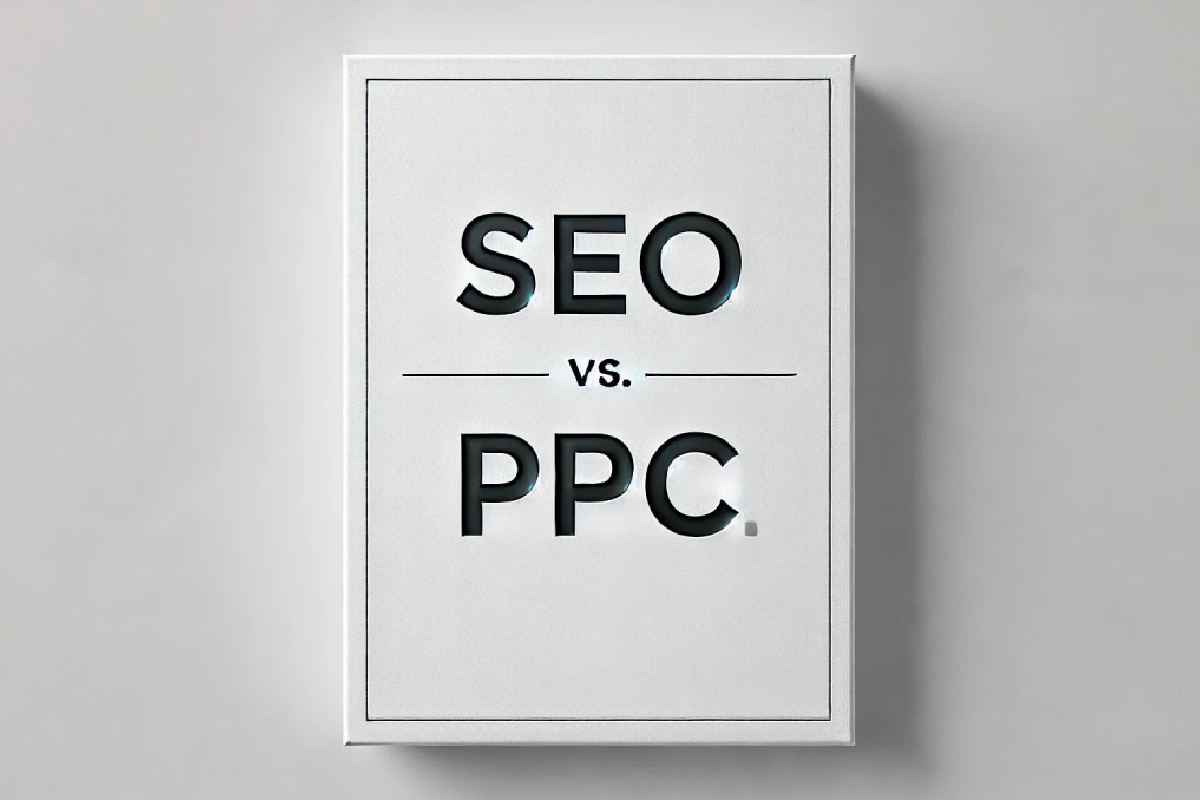







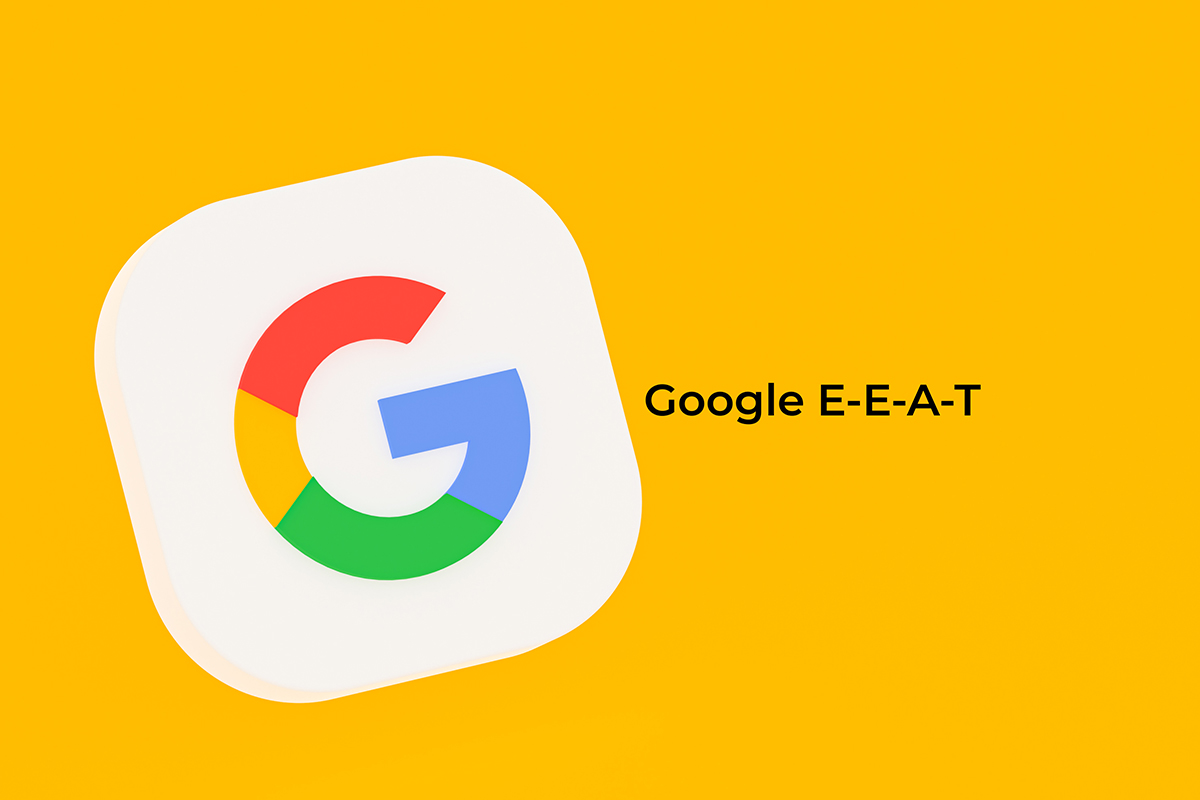

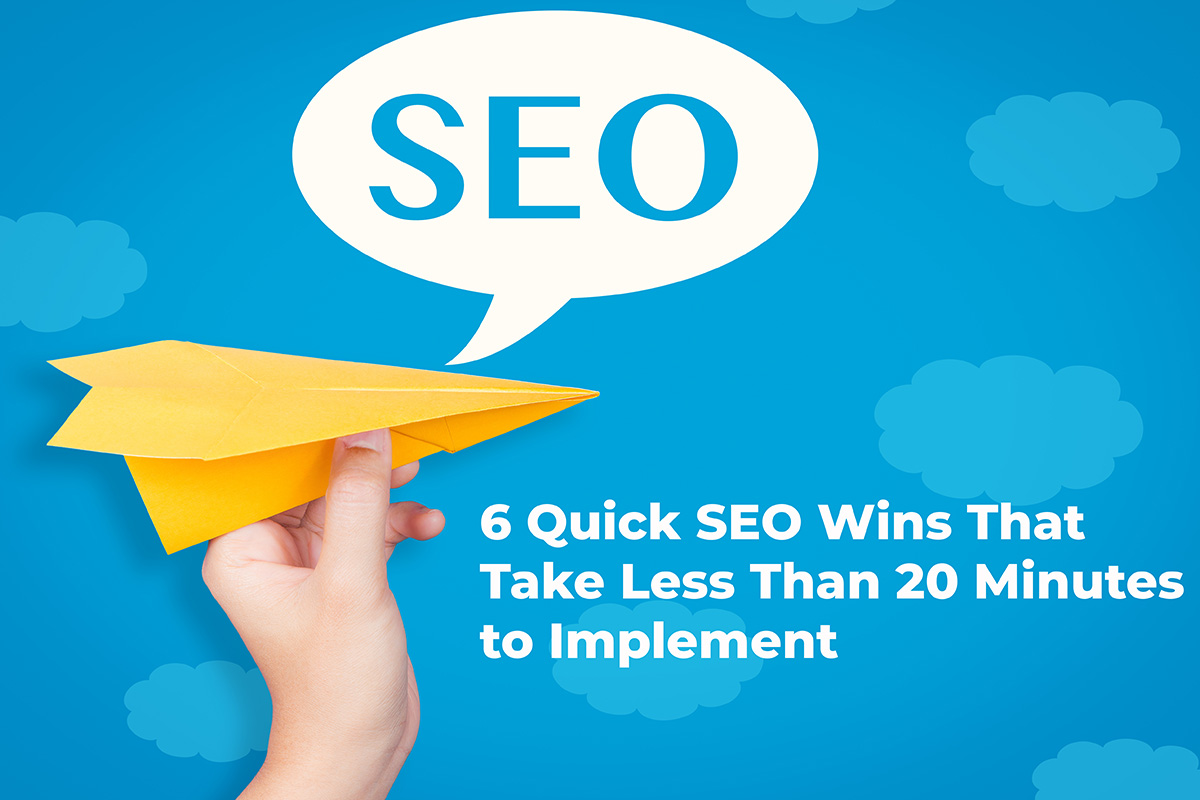












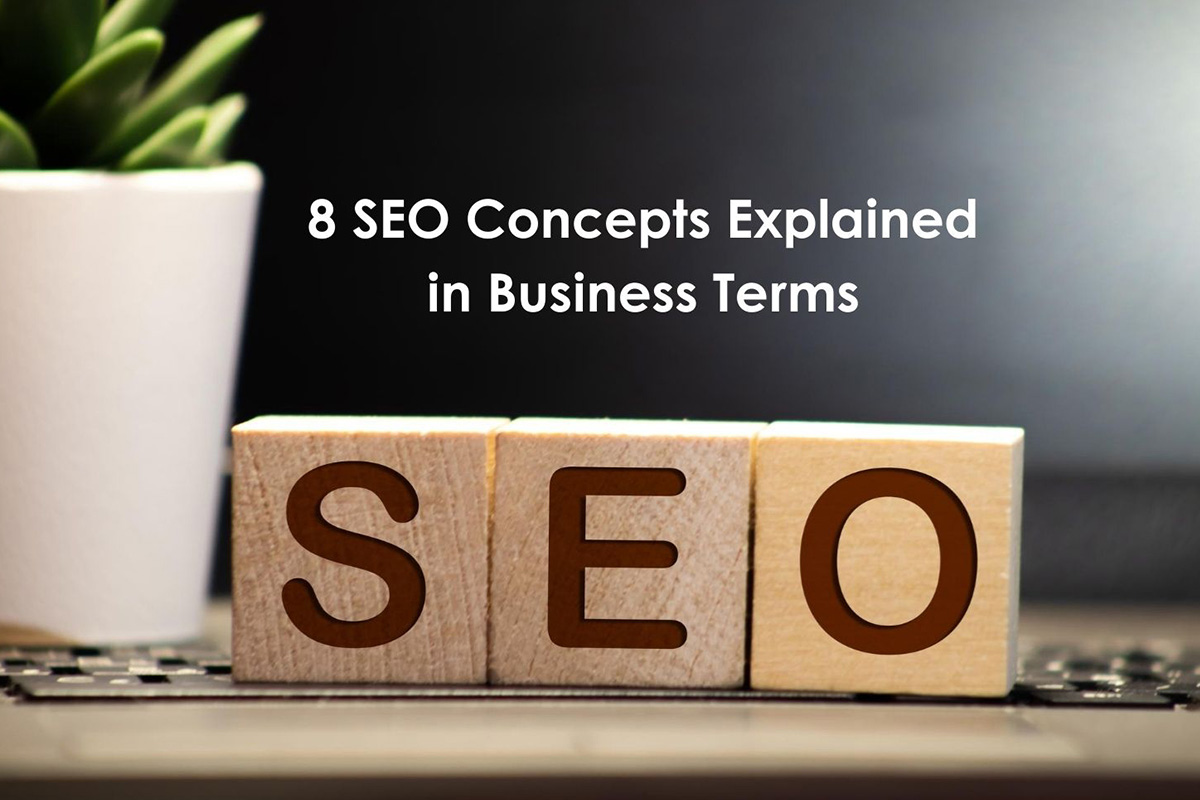



.jpg)



